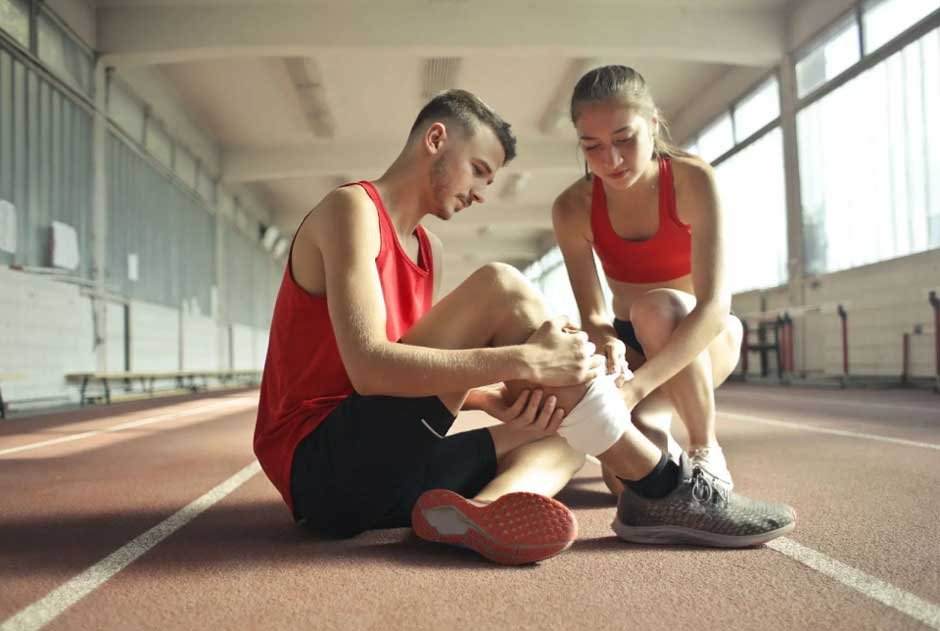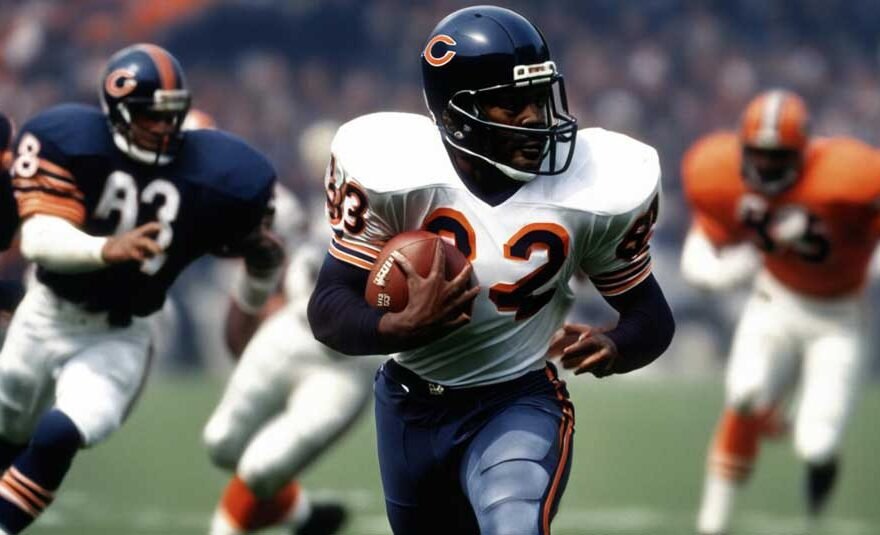How Does Physiotherapy Aid in Sports Injury Recovery?

Because it promotes restoration, lessens soreness, and restores movement, psychotherapy is essential to the recuperation procedure from sports accidents. Physiotherapists deal with precise troubles while improving the afflicted regions with custom-designed workout routines, manual therapy, and modern techniques like ultrasonography or electrotherapy.
These treatments encourage a faster recovery to carrying activities and assist in stopping re-harm. Additionally, physiotherapy will increase muscle stability and joint flexibility, each of which is essential for athletic success. Physiotherapy For Shoulder Pain is mainly beneficial for human beings with joint or muscular issues because it addresses the underlying reasons and offers long-lasting relief. In the quit, physiotherapy allows sportsmen to regain their self-esteem and the most suitable kingdom of fitness.
Recognising Physiotherapy’s Contribution to Sports Injury Recovery
For sportsmen and sports activity lovers, physiotherapy is crucial to the healing procedure. Because they’re certified to evaluate, identify, and control musculoskeletal issues, physiotherapists play a vital function in the restoration technique. Their know-how allows them to lay out specialized therapy packages that emphasize regaining function, energy, and versatility following a sports injury. Physiotherapy’s potential to boost the process of restoration is one of the predominant elements contributing to its significance in helping human beings recover from sporting accidents. Physiotherapists can resource in tissue recuperation while lowering pain, discomfort, and inflammation through the use of unique sporting events and guide remedy strategies. This accelerates recuperation and lowers the hazard of 2d damage after athletes resume their chosen activity.
Pain Control
To relieve aches from accidents associated with sports activities, physiotherapy employs strategies like massage, heat therapy, ice remedy, and electrical therapy. By reducing suffering and addressing inflammatory processes, those non-surgical methods lose athletes from the want for immoderate pain medication so we can focus on their healing.
Quicker Recuperation with Customised Exercise
Creating workout plans tailored to each patient’s ailment and fitness level is a key part of physiotherapy. These workouts enhance general fitness levels by restoring movement in joints and muscle strength. A well-designed programmer reduces the chance of re-injury and guarantees faster recuperation.
Increased Range of Motion
Joint and muscle range of motion is frequently restricted by injuries. To regain range of movement as well as mobility, physiotherapists employ manual therapy and stretching techniques. For competitors who must regain their agility as well as efficiency following an injury, this is crucial.
Handling Unbalanced Muscles
Uneven muscle tone resulting from sports injuries can cause some muscles to deteriorate while others become hyperactive. Physiotherapy uses focused stretching and training activities to address these abnormalities. This improves productivity overall and facilitates rehabilitation.
Avoiding the Development of Scar Tissue
Following sports injuries, scar tissue may develop, resulting in rigidity and limited mobility. To improve suppleness and performance during rehabilitation, physiotherapists employ methods like deep tissue massage and mobilization to break down layers of scar tissue.
Postoperative Rehabilitation
Physiotherapy is essential to the rehabilitation process following treatment for severe sports-related injuries. Physiotherapists assist athletes in safely and effectively regaining their maximum ability by progressively reinstating mobility and strengthening the operated region.
Improving the Stability of Joints
Sports-related fractures of joints including sprains and fractures are frequent. To increase joint stability, physiotherapy focuses on strengthening the surrounding muscles and tendons. This allows athletes to return to their occupations with no worrying about getting hurt again.
Minimizing Swelling and Inflammation
Although inflammation is a regular response to sports injuries, if left unchecked, it is able to sluggish the recuperation system. To lessen infection and inspire quicker recuperation, physiotherapy uses techniques like lymphatic drainage rub down, bloodless treatment, and decompression.
Training of the Neuromuscular System
Injuries sustained during sports can impair coordination as well as balance by interfering with the brain-muscle link. For sportsmen recuperating from injuries like injuries or fractures, physiotherapists employ neuromuscular training exercises to retrain the body’s capacity for accurate motions.
Avoiding Re-Injuries
Finding possible flaws or movement patterns that could result in a subsequent injury is one of the most important functions of physical rehabilitation. Physiotherapy gives sportsmen the skills they need to avoid injuries in subsequent years by targeting these problems with customised interventions.
Final words
Physiotherapy is critical for recovering from sports injuries as it provides a thorough and individualized strategy that speeds up rehabilitation and improves entire athletic capability. Athletes can resume their favoured sports with extra power way to bodily therapy, which allows pain management, mobility recuperation, and different injury prevention.

